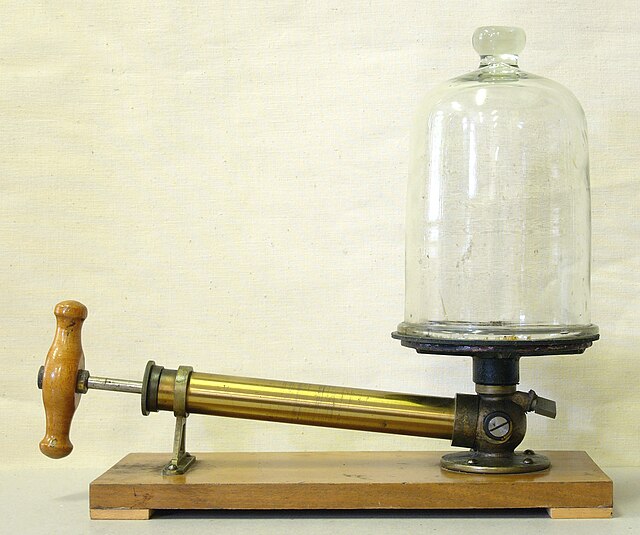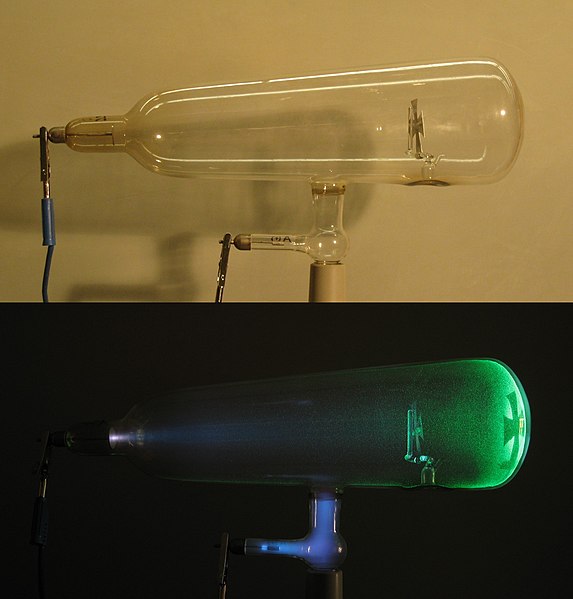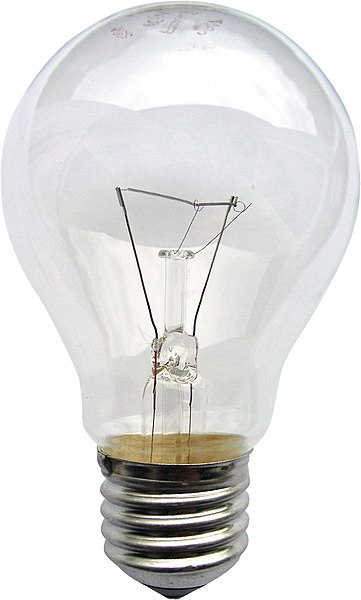A vacuum pump is a type of pump device that draws gas particles from a sealed volume in order to leave behind a partial vacuum. The first vacuum pump was invented in 1650 by Otto von Guericke, and was preceded by the suction pump, which dates to antiquity.
Student of Smolny Institute Catherine Molchanova with vacuum pump, by Dmitry Levitzky, 1776
A cutaway view of a turbomolecular high vacuum pump
A vacuum is space devoid of matter. The word is derived from the Latin adjective vacuus meaning "vacant" or "void". An approximation to such vacuum is a region with a gaseous pressure much less than atmospheric pressure. Physicists often discuss ideal test results that would occur in a perfect vacuum, which they sometimes simply call "vacuum" or free space, and use the term partial vacuum to refer to an actual imperfect vacuum as one might have in a laboratory or in space. In engineering and applied physics on the other hand, vacuum refers to any space in which the pressure is considerably lower than atmospheric pressure. The Latin term in vacuo is used to describe an object that is surrounded by a vacuum.
Vacuum pump and bell jar for vacuum experiments, used in science education during the early 20th century, on display in the Schulhistorische Sammlung ('School Historical Museum'), Bremerhaven, Germany
The Crookes tube, used to discover and study cathode rays, was an evolution of the Geissler tube.
A glass McLeod gauge, drained of mercury
Light bulbs contain a partial vacuum, usually backfilled with argon, which protects the tungsten filament






